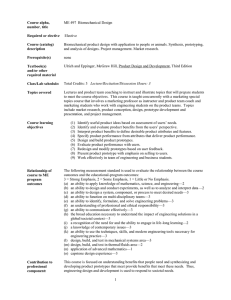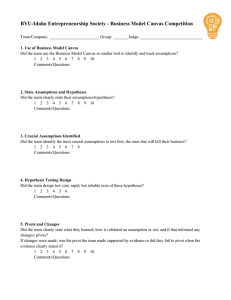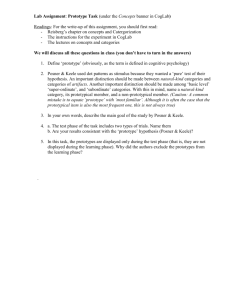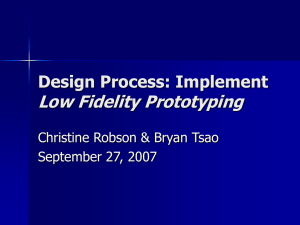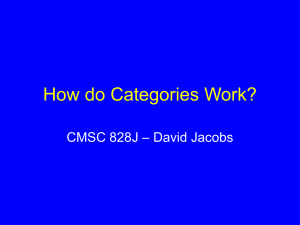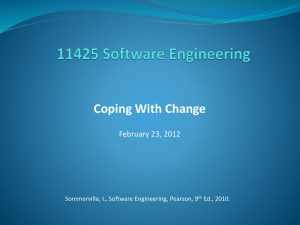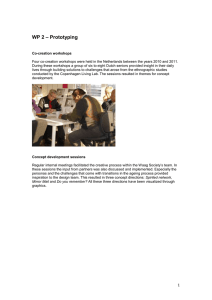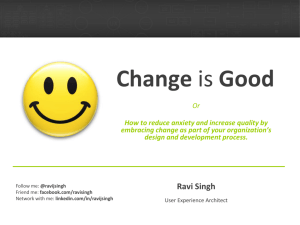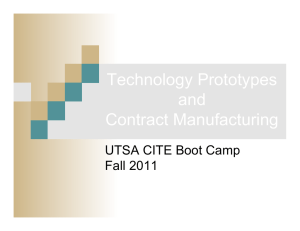Virtual Prototype
advertisement
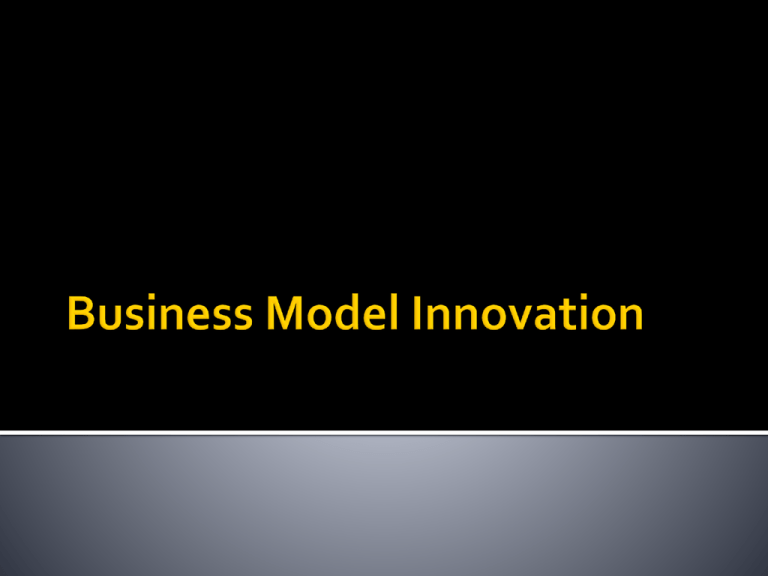
Build the tallest freestanding structure The entire marshmallow must be on top Use as much or as little of the kit Break up the spaghetti, string or tape The challenge lasts 18 minutes Certainty / Known Traditional Management Uncertainty / Unknown Entrepreneurial Management Uncertainty = Assumptions “Get the heck outside the building!” –Steve Blank The goal is to fail fast and inexpensively Redefine failure The only failure is wasting your time and money when you could avoid it ▪ 1000 Markets Example Common Learning Traps Confirmation bias Motivation bias Familiarity bias Superstitious learning Goal: Listen to understand the world as it really is Attitude of wisdom Willingness to be wrong and to fail Example: Mike Cassidy, Xfire Experiment with virtual prototypes Identify your assumptions and turn them into facts Power in low cost, simple, rapid Example: Jam experiment Example: Classtop and the $300 software package Which Problem Is Worth Solving (Nail the Pain) Which Solution Solves that Problem (Nail the Solution) Objective: Discover the Monetizable Market Pain ▪ Discover the “job” your customer is trying to get down without being biased by the solution Develop the Big Idea Prototype Steps: ▪ ▪ ▪ ▪ ▪ Step 1: Don’t build anything Step 2: Write down Monetizable Pain hypothesis Step 3: Write down Big Idea Prototype Step 5: Quick test with customers Step 5: Quick exploration of markets Test: Customers return your cold call The bigger the pain the easier to build a business Motive Communications ▪ Problem search What about Instagram? Customer observation and empathy Put yourself in your customers shoes? What keeps them up at night, causes them trouble, leads them to develop work-around? Test your assumption with customers Example: Motive Communications Step 1: Profile customer segment I am ___________________________(who, with at least 3 characteristics) I am trying to ___________________ (outcome/job trying to solve) But it’s difficult because ___________(identify problems/barriers) Step 2 Story board of the journey of how customer solves Step 3 Identify biggest pain … do root cause (five whys) Step 4 Identify most important root cause Step 5 What questions do you need to answer about the root cause Who could you talk to in order to answer these questions? Objective: Discover the Minimum Feature Set that drives purchase Steps: ▪ Test 1: Virtual Prototype Test ▪ Test 2: Prototype Test ▪ Test 3: Solution test Test: Customers purchase Most entrepreneurs build products … Customers don’t want Achieve Product / Market Fit Exact match between pain and solution Prototypes From virtual prototypes to actual prototypes Minimum Feature Set Can be Drawing Powerpoint Video Test What will customers purchase ▪ Even before you build it If you had to sell a customer today … For the skeptics … AtTask Objective: Discover customer buying process and unique sales process for your customers Steps: ▪ Test 1: Buying process discovery ▪ Test 2: Market infrastructure discovery ▪ Test 3: Pilot customer validation Customer Awareness Customer Evaluation Customer Purchasing Customer Use 5 Target Customer 4 Advertising / Marketing / Social Media 3 Influencers 2 Partners 1 Company Draw a map of customer buying process Prioritize 3 most important inflection points Set two dates on your calendar to investigate Objective: Validate financial model & ignite business model Steps ▪ ▪ ▪ ▪ ▪ Leverage customer conversations to predict business model Validate the financial model Iteratively launch product and go-to-market strategy Business dashboard with continuous information flow Adjust speed depending on market type Examples: Webvan Webmetrics, Knowlix, Yahoo Objective: Scale discovered model until it breaks ▪ Phase change recognition & management ▪ Recognize changes ▪ Shift process, structure and employees ▪ Emphasize with visual management ▪ Consciously define culture ▪ Succession and transition ▪ Leaping between markets Examples: Intuit, Fusionsoft, Craigslist, SodaStart, IMVU Product development Before you build anything: Identify hypotheses about customers Test those hypotheses as cheaply as possible Identify exactly customer pain and your solution with customer Use a virtual prototype Sales development Discover exactly how customers buy Develop a replicable sales model
